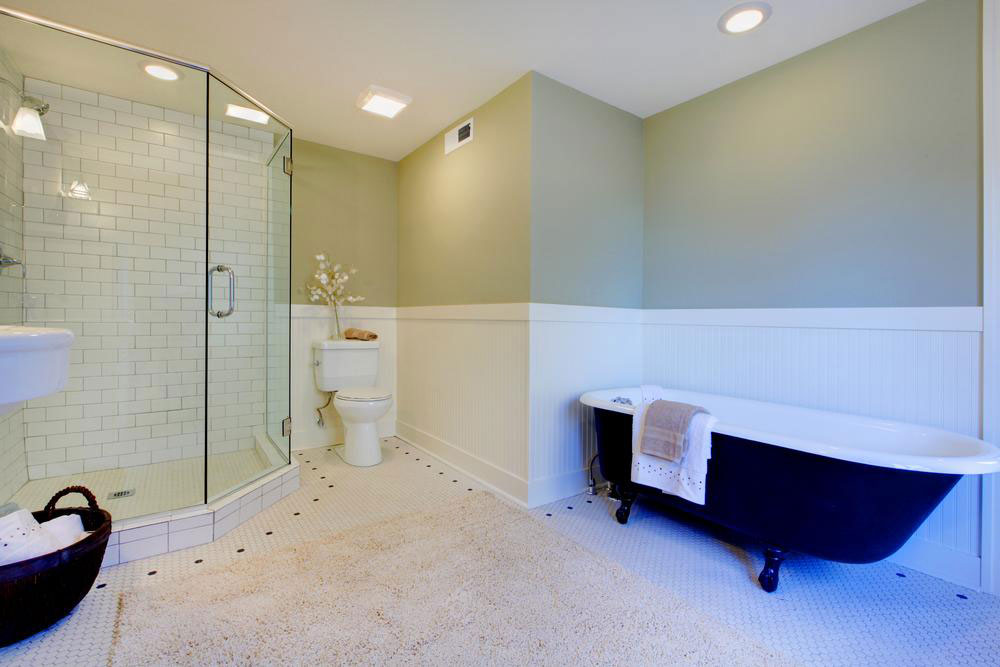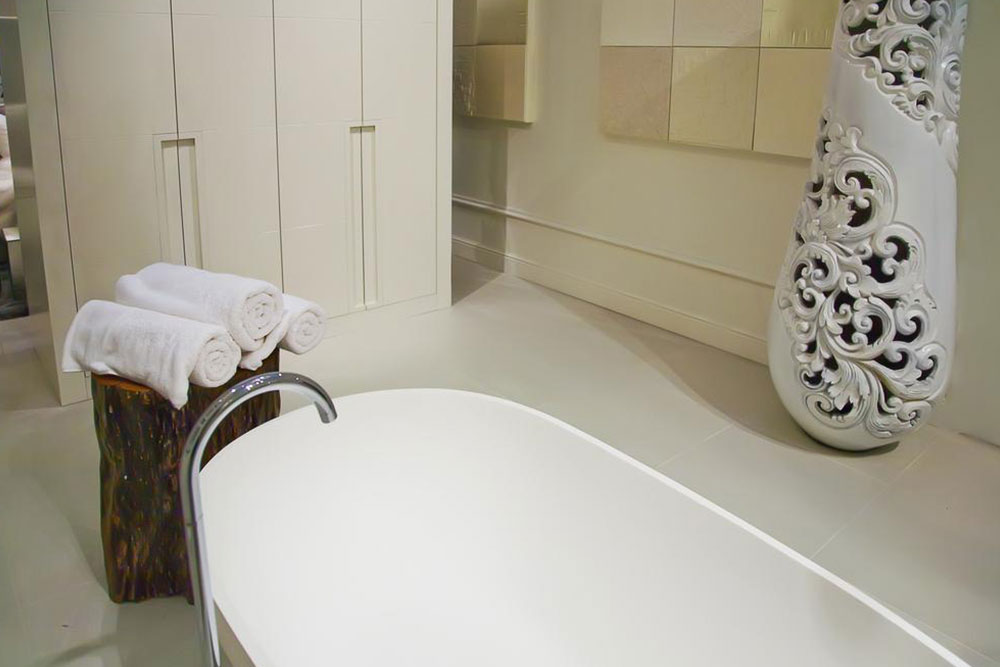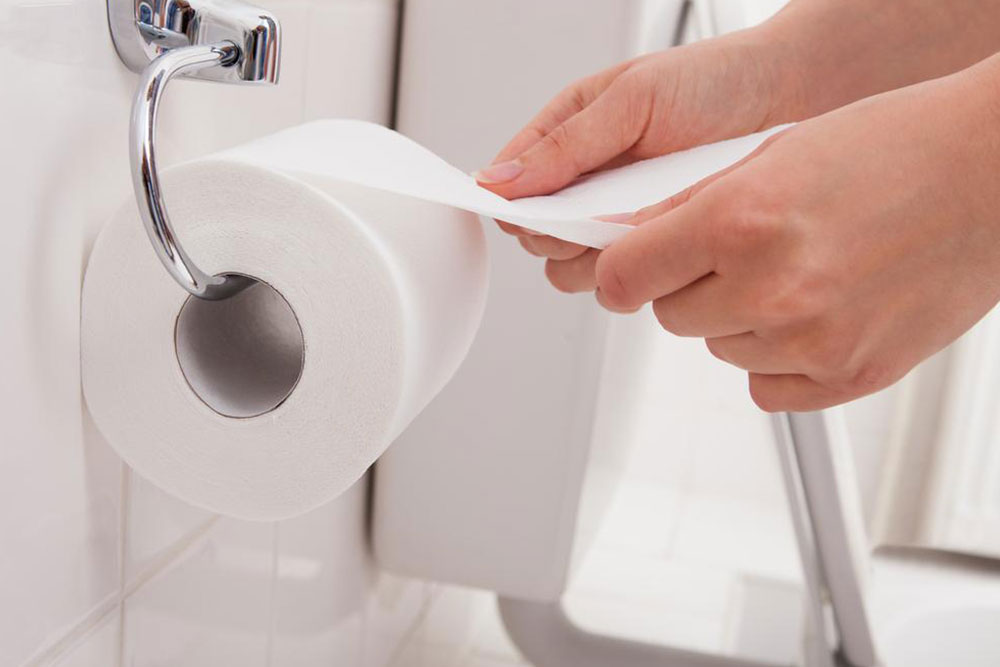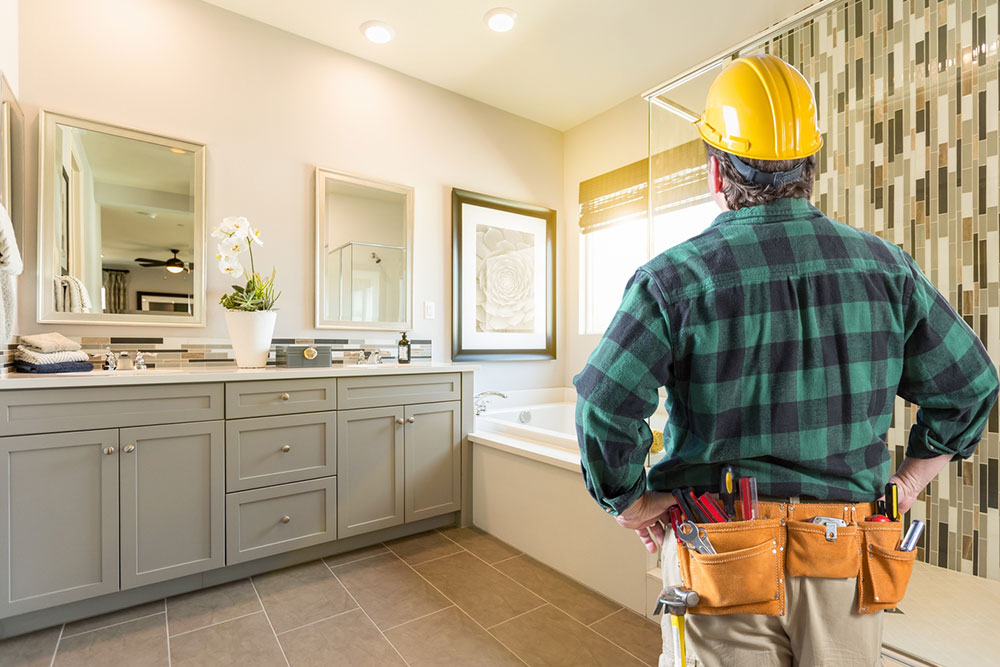Comprehensive Guide to Acrylic Kitchen Sinks
Explore the comprehensive guide on acrylic kitchen sinks, covering their materials, styles, manufacturing process, pros, and cons. Learn why many homeowners prefer these versatile, budget-friendly sinks, and understand how to maintain them for long-term use. This article helps you make an informed decision for your kitchen renovation or upgrade, emphasizing practicality and durability while highlighting potential limitations. Discover tips on choosing the right design and protecting your acrylic sink for lasting performance.
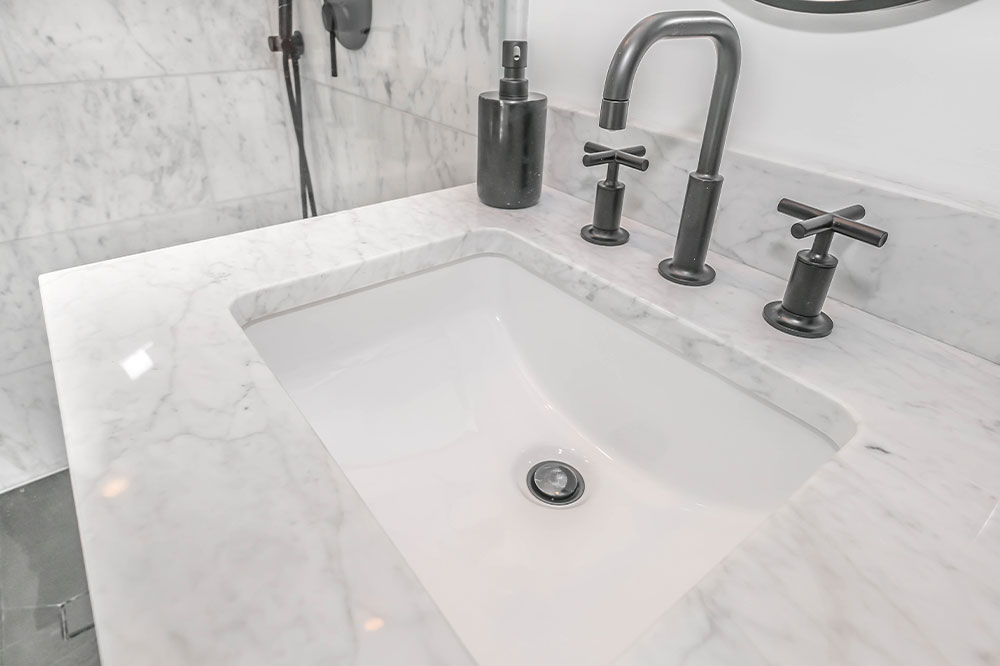
Understanding the Benefits and Drawbacks of Acrylic Kitchen Sinks
Selecting the ideal kitchen sink involves considering multiple factors beyond just aesthetics. With a variety of materials now available, homeowners can choose from traditional options like porcelain, granite, copper, and stainless steel, or opt for newer materials such as fiberglass and acrylic. Recently, acrylic sinks have grown in popularity due to their accessibility and versatility.
Before making a final choice, it's important to understand what makes acrylic sinks a preferred choice for many.
What exactly is an acrylic sink?
An acrylic sink, also called a polyester sink, tends to be more budget-friendly compared to stainless steel or enameled options. Available in a variety of colors and styles, they are easy to install and maintain. Recently, granite-embedded acrylic sinks have entered the market, combining both durability and style for modern kitchens.
They come in various designs, from single to double bowl configurations, and the placement of drains influences usability and aesthetics.
How Are Acrylic Sinks Manufactured?
These sinks are made by coating surfaces with rock particles mixed with resin, resulting in a non-porous, stain-resistant material. They are also resistant to cracking and staining, making them durable choices for kitchen use.
Advantages and Disadvantages of Acrylic Sinks
Lightweight and simple to install compared to heavier materials like stainless steel.
Reduce noise during dishwashing due to their sound-absorbing properties.
Easy to clean with non-abrasive cleaners; no special products needed to remove marks.
Scratch-resistant and stain-resistant, although proactive protection is recommended for longevity.
Many models feature antibacterial surfaces, efficient drainage, and are low maintenance, ideal for busy kitchen environments.
Petroleum products can damage the surface, and improper cleaning might leave stains over time.
While they tolerate high temperatures, exposure to extreme heat can cause warping or melting due to thermal shock.
Note: Our blog provides diverse and practical information across various topics. While we aim to offer accurate insights, readers should view articles as informational, not definitive. The website assumes no responsibility for discrepancies or inaccuracies, and some schemes or offers may vary or be unavailable.

